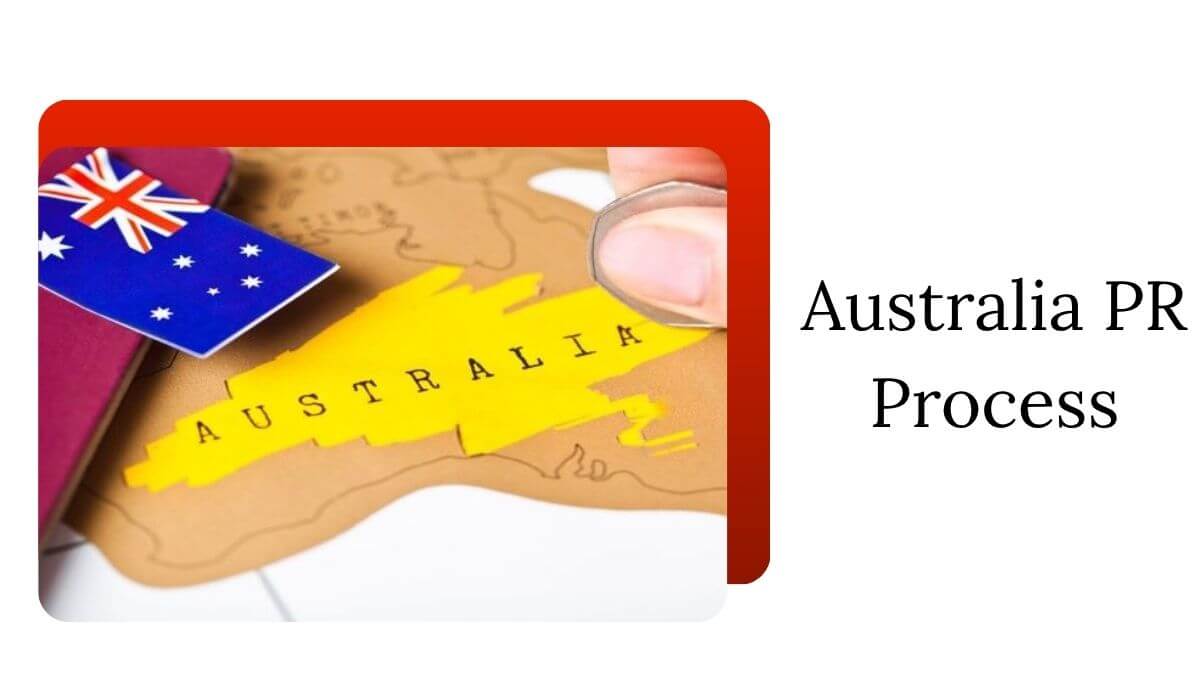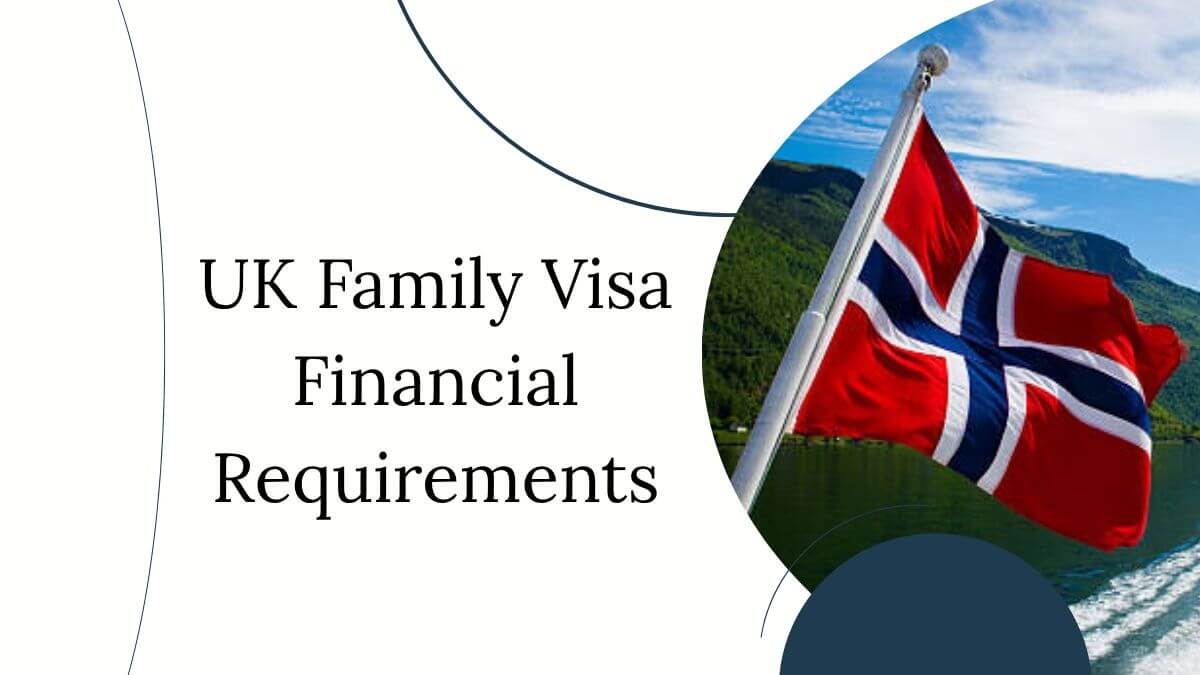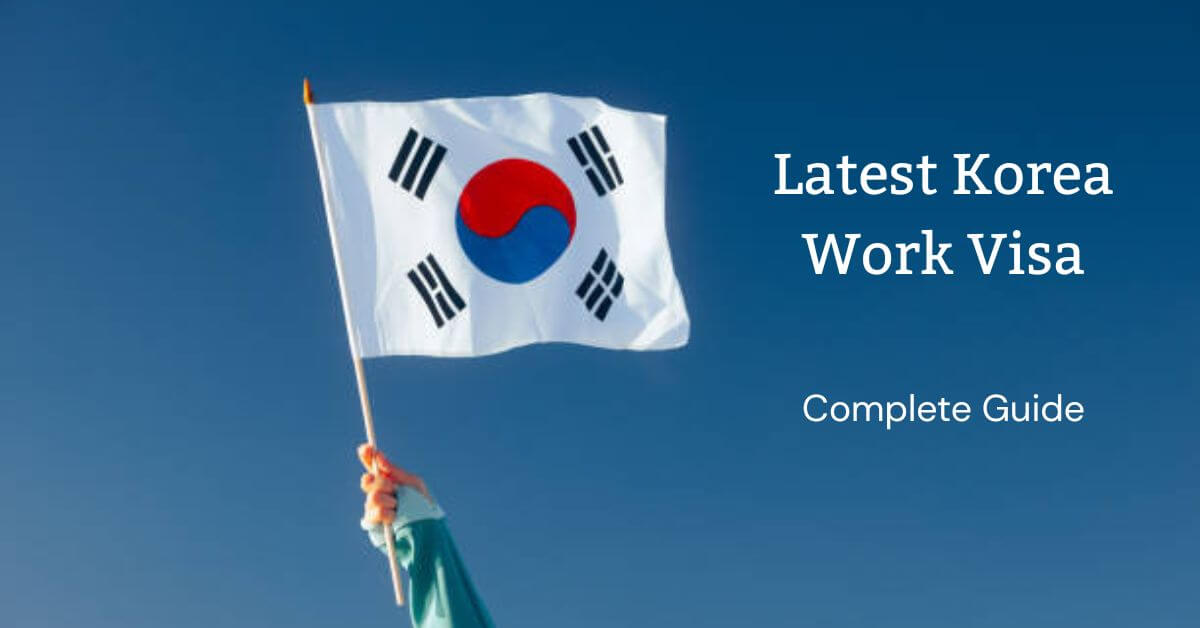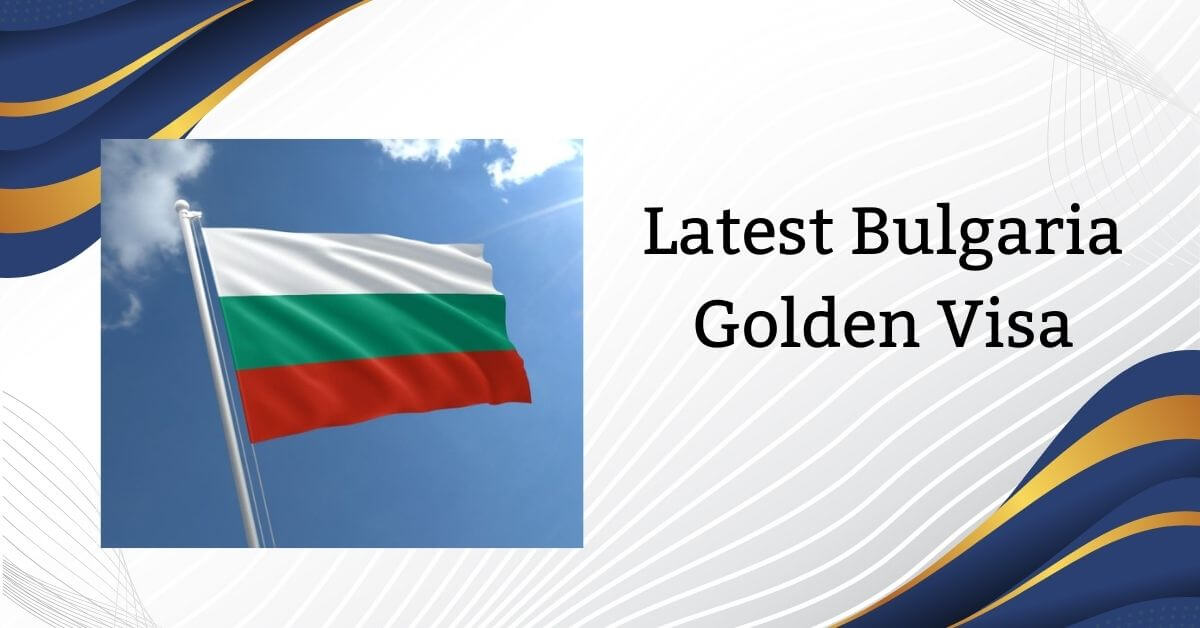
Australia PR Process 2025 – Step-by-Step Guide
For workers seeking a good standard of living, stable employment opportunities, and long-term residency, Australia continues to rank among the top countries. In Australia, people and their families who are granted permanent residence (PR) have almost all the rights of Australian citizens, with the exception of the ability to vote. PR grants them the freedom to live, work, and think anywhere in the country.
The process for becoming a permanent resident of Australia is still structured, point-based, and influenced by the country’s economic and demographic requirements in 2025. Given the variety of visa routes leading to permanent residence, it is essential to understand the requirements, qualifications, and detailed process involved. This online magazine provides a comprehensive analysis of the Australian PR handle in 2025 in simple, understandable terms.
What is an Australian Lasting Residency?
A person with Australian Permanent Residency may be able to live and work in Australia for an indefinite amount of time. A PR visa holder enjoys the majority of the rights and privileges enjoyed by citizens, such as access to healthcare, education, and the unavoidable eligibility to seek for citizenship.
Benefits of Australia PR Process:
- Right to Live, Work, and Study Anywhere in Australia: PR holders can legally reside and take up employment or education in any state or territory of Australia without restrictions.
- Pathway to Australian Citizenship After Permanent Residency: After holding PR for a few years (typically 4 years of residency and 1 year as a PR), you can apply for full citizenship.
- Access to Australia’s Public Healthcare System (Medicare): PR holders get free or subsidized medical services under Medicare, including GP visits, hospital care, and prescriptions.
- Eligibility to Sponsor Family Members for PR or Visas: Once you become a PR, you can sponsor your spouse, children, or parents to join you under various family visa categories.
- Unrestricted Work Rights Across Any Industry or Sector: Permanent residents can work full-time, part-time, or be self-employed without requiring employer-specific sponsorship.
- Access to World-Class Education With Domestic Fee Benefits: PR holders can study at Australian universities and may be eligible for lower domestic tuition fees or government subsidies.
- Full Protection Under Australian Law and Workplace Rights: PRs are covered by Australian labor laws, ensuring fair pay, work conditions, and legal protection.
- Freedom to Travel In and Out of Australia: PR status allows multiple entries and exits during the 5-year travel facility period attached to your visa.
- Children Born in Australia Automatically Gain Citizenship: If a PR holder gives birth in Australia, the child is granted automatic Australian citizenship by birth.
- Eligibility for First Home Owner Grant (FHOG) and Home Loans: PRs may qualify for government assistance schemes when buying their first property in Australia.
- Access to Social Security Benefits After Waiting Period: Certain welfare benefits, such as family tax benefits or pensions, become available after a qualifying residency period.
- Live in a Clean, Safe, and Stable Country With High Quality of Life: Australia offers excellent public infrastructure, clean air, and one of the world’s safest environments.
- Freedom to Change Jobs or Employers Without Sponsorship Hassles: Unlike temporary visa holders, PRs can switch employers or industries freely without visa complications.
- Possibility to Include Family Members in PR Application: Your spouse and dependent children can be added to your PR application and enjoy the same rights.
- Recognition as a Resident of a Globally Respected Country: Holding Australian PR boosts your international travel status, simplifies visa processes for other countries, and enhances your global mobility.
Types of PR Pathways:
A few categories of visas specifically result in changeless residency. The most prevalent ones are as follows:
- Visa for Skilled Autonomy (Subclass 189)
- Subclass 190: Skilled Designated Visa
- Designation of the Employer Visa for Conspire (Subclass 186)
- Movement Supported by Regions (Subclass 191) Conspire
- The Subclass 801/100 Partner Visa
- Visa for Speculation and Business Advancement (Subclass 888)
- Visa for Global Ability
- Subclass 858: Distinguished Ability Visa
Although the requirements for each stream vary, the goal is always the same: to provide support to talented persons who are relocating to Australia permanently, as well as to family members, commerce speculators, and gifted transients.
Eligibility Criteria:
You must fulfill both general and stream-specific qualifying requirements in order to apply for a PR visa. The standard qualifications are listed below:
Age: In order to be eligible for most PR programs, especially gifted and work visas, a candidate must be less than 45 years old when they receive the invitation.
English Dialect Proficiency: An approved dialect test such as the TOEFL, PTE Scholarly, or IELTS is required to demonstrate your proficiency in English. The most common requirement is an IELTS score of at least 6.0 in each band or something similar.
- Skills and Profession: Your profession needs to be listed on the Talented Profession List relevant to your visa category. You must possess significant skills and expertise.
- Aptitudes Assessment: To show that your skills meet Australian requirements, you must have a positive aptitude evaluation from an Australian evaluating professional.
- Focuses Test (For GSM Visas): You must receive at least 65 points under Australia’s migration focus framework, which takes into account a variety of variables such as age, experience, education, and dialect proficiency.
- Character and Wellbeing: You must have a therapy examination and fulfill the requirements for well-being. Additionally, you must present police clearance documents from any country in which you have resided for a full year or longer.
- Assignment or Sponsorship (if applicable): Certain visas call for a state, domain, or Australian employer to designate the applicant.
Requirements:
Prior to submitting an application for permanent residence, you must have the following records and requirements met:
- A valid passport: Must be significant and up-to-date throughout the entire process.
- English Test Report: Send in your IELTS, PTE, or other recognized test results.
- Skills Evaluation Report: Provided by the relevant expert in your field (e.g., Engineers Australia for engineers, ACS for IT specialists).
- Documents of Work Encounters: letters containing work descriptions and employment terms from previous bosses.
- Educational Records: Transcripts, degrees, and awards relevant to your chosen field.
- Report on the Health Examination: You must get a health examination from a clinic that has been approved.
- Police Clearance Certificates: Police clearance certificates are required for any country in which you have lived for a year or more during the previous ten years.
- Partner/Dependent Documents: You must provide birth certificates, marriage certificates, and other relevant identification documents if you are applying with family.
- Submission of an Expression of Interest (EOI) is required for talented migration pathways.
- Letter of Nomination (if applicable)
- You have to present your designated endorsement letter for subclass 190 or 186.
Check More: Hair Care Specialist Jobs in Australia with Visa Sponsorship
Step-by-Step Application Prepare for PR:
Take the actions to obtain your PR.
Step 1: Decide Your Eligibility
Examine your credentials first, taking into account your profession, skills, age, English proficiency, and general health. Depending on your profile, choose the appropriate visa subclass.
Step 2: Take an English Dialect Test
Schedule and finish an English language exam. For the majority of PR visas, this may be required. Make sure you end up meeting the band you want.
Step 3: Get an Aptitudes Assessment
Request an ability evaluation from the relevant organization. Apply as soon as possible, as this could take many weeks.
Step 4: Calculate Your Focuses (For Gifted Visas)
Make use of the migration focuses calculator for Australia. Higher focuses improve your chances, while 65 focuses earn you the fewest points.
Step 5: Yield Expression of Intrigued (EOI)
Register on SkillSelect and submit your EOI. Enter your information, select your visa type, and wait for an invitation.
Step 6: Get Welcome to Apply (ITA)
You can receive a Welcome to Apply if your EOI is selected. A formal request is typically made in order to get a visa application.
Step 7: Hold up the Visa Application
After your ITA is accepted, you have sixty days to apply. Pay the application fee and transfer all basic archives.
Step 8: Wellbeing and Police Checks
Make an appointment for your health examination and obtain police certifications. Part of the foundation inspections are these.
Step 9: Hold up for a Decision
An audit of your application will be conducted by the Department of Home Issues. Depending on the visa subclass, the preparation period may range from six to twelve months.
Step 10: Get Visa Grant
You will receive your PR allow letter if it is successful. You will be able to live, work, and think in Australia without any problems.
Fetched of Applying for Australian PR:
Although prices vary depending on the number of applicants and the type of visa, typical expenses consist of:
- Cost of the English test
- Fee for a skills evaluation
- Application fee for a visa
- The expense of a medical examination
- Cost of a police certificate
- Costs associated with agents or specialists (if applicable)
- Create a budget in advance, especially if you plan to apply with family members.
Life After Getting Lasting Residency:
After your PR visa is approved, you will enjoy a number of benefits:
- The ability to choose any job or employment
- Children should be enrolled in Australian schools.
- Social services and Medicare accessibility
- reside in any territory or state.
- After the completion of the residency period, submit an application for Australian citizenship.
- After that, the majority of PR holders become full citizens, granting them the ability to vote and access other government assistance programs.
Frequently Asked Questions:
What are the main pathways to get Australian PR?
The most common PR pathways include the Skilled Independent Visa (subclass 189), Skilled Nominated Visa (subclass 190), and Employer-Sponsored Visa (subclass 186). Family sponsorship and Business Innovation visas are also available.
What is the eligibility criteria for Australian PR?
Eligibility depends on factors like age (under 45), English proficiency, skilled occupation, qualifications, and work experience. You must also score at least 65 points on the SkillSelect points test.
How long does it take to get Australian PR?
Once you submit your application and complete all documents, the processing times typically range from 6 to 12 months. Timelines depend on visa type and case complexity.



